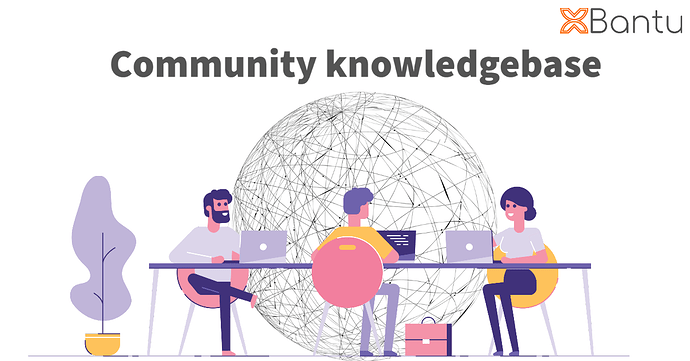Asset tokenization is the process of representing physical or intangible assets as digital tokens on a blockchain. This process has the potential to revolutionize the way we think about ownership, as it allows for fractional ownership and real-time transfer of assets.
One of the most exciting applications of asset tokenization is in the realm of real estate. Traditionally, buying a piece of property has been a costly and time-consuming process, requiring a significant amount of capital upfront and a lot of red tape to navigate. However, with asset tokenization, it’s possible to divide a property into smaller, more easily tradable tokens. This means that instead of having to come up with a large sum of money to purchase a property in its entirety, individuals can now invest in a fraction of the property and still own a piece of it.
Asset tokenization also has the potential to disrupt traditional financial markets. For example, instead of having to go through the lengthy process of issuing and underwriting a bond, companies could simply issue tokens representing the bond on a blockchain. This could make it easier for companies to raise capital and for investors to buy and sell securities in a more efficient manner.
Also, asset tokenization represents a major shift in the way we think about ownership and financial transactions. By digitizing assets and making them more easily tradable, we can create new opportunities for investment and increase the efficiency of financial markets. As the technology continues to mature, we can expect to see asset tokenization become increasingly prevalent in a variety of industries.
Advantages of asset tokenization
There are several advantages to using asset tokenization:
-
Fractional ownership: Asset tokenization allows for the division of assets into smaller, more easily tradable tokens, which means that it’s possible to own a fraction of an asset rather than having to purchase it in its entirety. This can make it easier for individuals to invest in assets that might otherwise be out of their price range.
-
Increased liquidity: Tokenization can increase the liquidity of assets by making it easier to buy and sell them. This is especially true in the case of illiquid assets such as real estate, where the process of buying and selling can be slow and cumbersome.
-
Improved accessibility: Tokenization can make it easier for individuals to access and invest in a wider range of assets. For example, it might be difficult for an individual investor to purchase a piece of commercial real estate on their own, but with asset tokenization, they could invest in a fraction of the property.
-
Enhanced transparency: The use of a blockchain to record asset ownership can provide increased transparency and verifiability. This can be especially useful in cases where provenance and authenticity are important, such as in the art world.
-
Increased efficiency: Tokenization can streamline financial processes and make them more efficient. For example, the issuance and underwriting of securities such as bonds can be a lengthy and complex process, but with tokenization, these processes can be greatly simplified.
Disadvantages of assets tokenization
There are also some potential disadvantages to consider when it comes to asset tokenization:
-
Regulation: The regulatory environment surrounding asset tokenization is still developing, which can create uncertainty for those looking to utilize the technology.
-
Complexity: The process of tokenization can be complex, and there is a learning curve for those who are not familiar with the technology.
-
Lack of widespread adoption: While the use of asset tokenization is growing, it is not yet widely adopted, which can limit its utility and create challenges for those looking to use it.
-
Security risks: As with any technology that involves the transfer of digital assets, there is a risk of hacking and other security breaches.
-
Potential losses: There is always the risk that the value of a tokenized asset could decline, which could lead to losses for investors.
It’s important to carefully consider both the potential advantages and disadvantages of asset tokenization before deciding whether it is a suitable option.
How asset tokenization can benefit everyday users
-
It might be difficult for an individual investor to purchase a piece of commercial real estate on their own, but with asset tokenization, they could invest in a fraction of the property.
-
Tokenization can streamline financial processes and make them more efficient, which can be beneficial for everyday users who want to save time and money when investing.
-
The use of a blockchain to record asset ownership can provide increased transparency and verifiability. This can be especially useful for those who are looking to invest in assets with a complex ownership history or uncertain provenance.
Overall, asset tokenization has the potential to make it easier for everyday users to invest in a variety of assets and to access financial opportunities that might have been out of reach in the past. #bantu #knowledegebase
